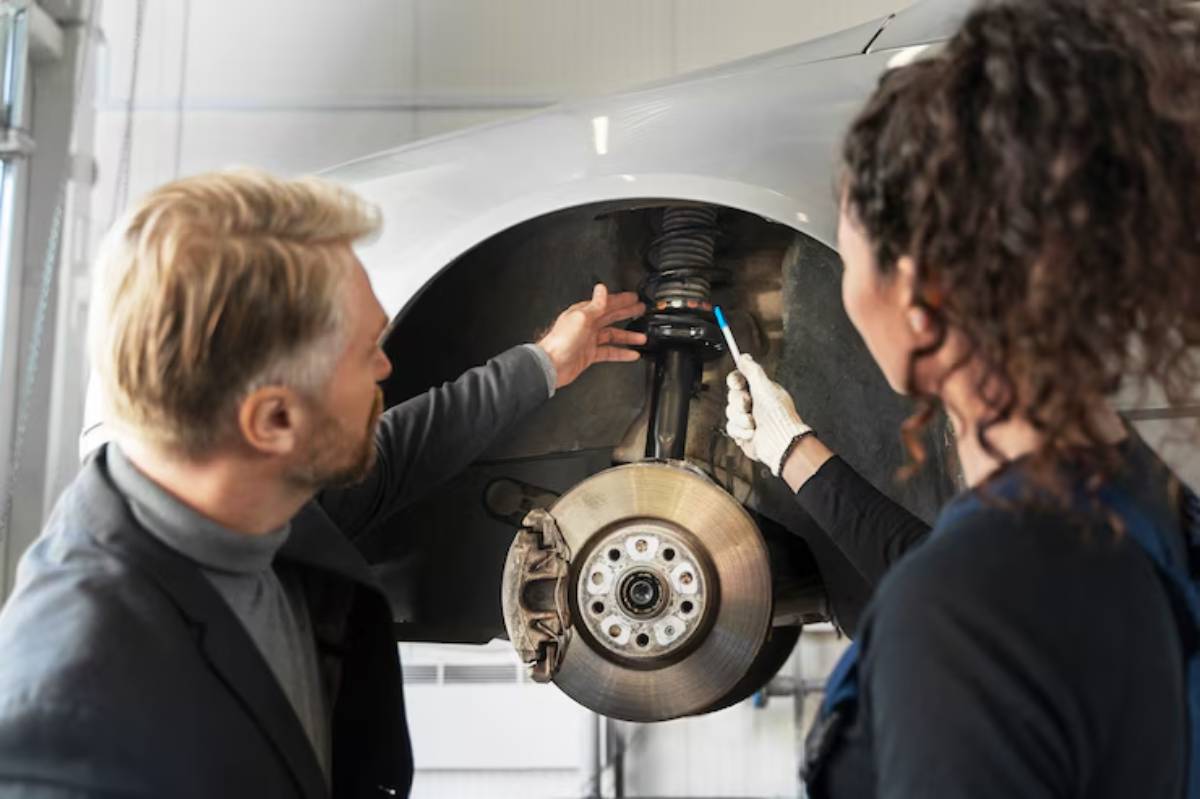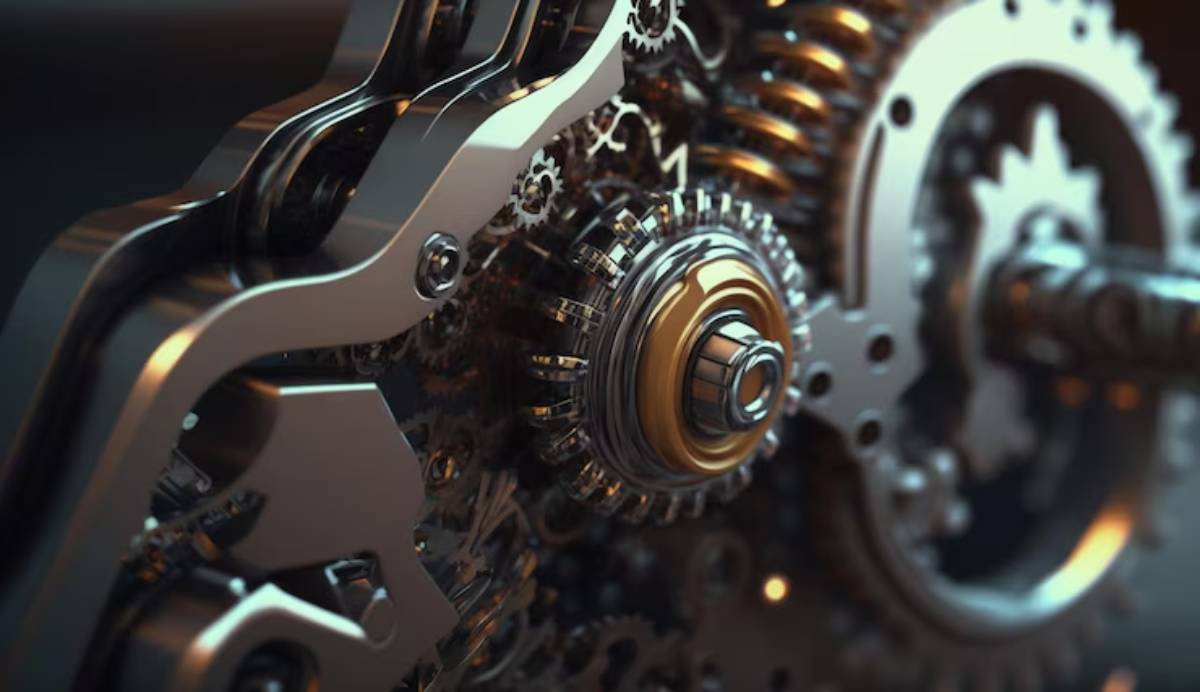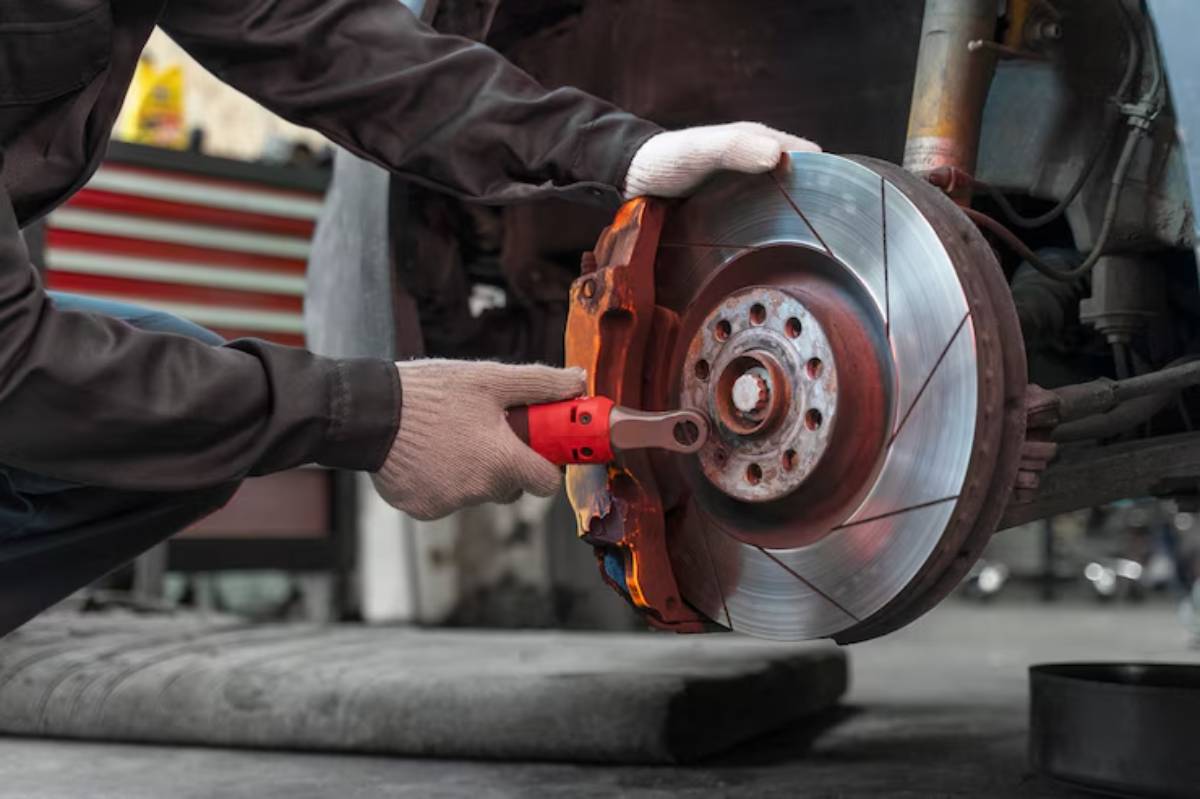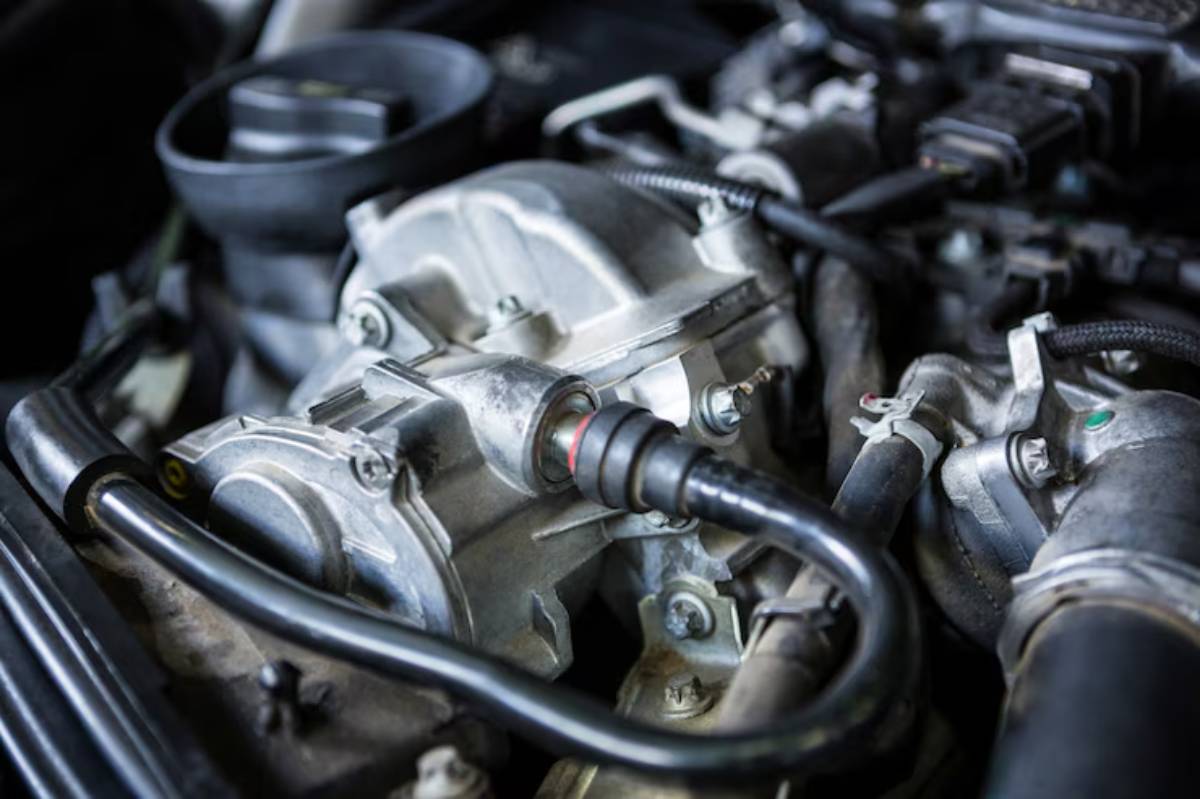
How Regenerative Braking Works in Hybrids
Imagine slowing down at a red light, and instead of wasting energy, your car captures it to boost its battery. Sounds futuristic? That’s exactly what regenerative braking does—and it’s one of the key technologies that makes hybrid cars so efficient.
In traditional cars, braking turns kinetic energy into heat, which then disappears into thin air. Hybrids, on the other hand, are designed to reclaim some of that lost energy and store it for later use. It’s smart, sustainable, and surprisingly simple once you understand the basics.
This guide explains regenerative braking from both a technical and real-world perspective. You’ll learn how it fits into the hybrid braking system, how it contributes to braking energy recovery, and why this tech is a game-changer for eco-conscious drivers. Whether you’re a curious owner, a future hybrid buyer, or just intrigued by clean-tech systems, this one’s for you.
What Is Regenerative Braking?

The Basics in Plain English
Regenerative braking is a process in which the electric motor in your hybrid car acts as a generator when slowing down. Instead of relying solely on friction brakes, the system uses the car’s momentum to turn the motor backwards, which creates electricity and stores it in the battery.
So, rather than turning all that motion into wasted heat, your hybrid harvests it as useful energy.
How Traditional Braking Differs
Standard Friction Brakes
- Use brake pads to clamp down on the wheel rotors
- Convert motion into heat through friction
- Inevitably, wear out pads and rotors over time
Hybrid Braking System
- Starts with regenerative braking to slow the car
- Switches to traditional friction brakes when more stopping power is needed
- Reduces wear on brake components significantly
You’re essentially using two braking systems working in harmony — a smart synergy of old-school mechanics and modern electricity.
The Role of the Electric Motor
Generator Mode in Action
In acceleration mode, the electric motor uses electricity from the battery to propel the car forward. During deceleration or braking, the process reverses:
- The wheels drive the motor, not the other way around.
- This turns the motor into a generator.
- Generated electricity is sent back into the high-voltage battery.
This is known as braking energy recovery, and it’s the heart of regenerative braking.
How Much Energy Can It Recover?
You might be surprised to learn just how efficient regenerative braking can be. Depending on your driving style and terrain:
- Up to 70% of kinetic energy can be recovered in some scenarios.
- This can lead to 10–25% improvements in overall fuel efficiency.
Example:
Driving downhill or in stop-and-go traffic actually becomes an energy-gaining activity in a hybrid. The more braking you do, the more energy you potentially regain.
Benefits of Regenerative Braking
1. Improved Fuel Efficiency
Less petrol used means fewer trips to the pump — and more money saved over time.
2. Extended Brake Life

With less reliance on friction braking:
- Brake pads and discs last longer
- Lower maintenance costs and less waste
3. Enhanced Driving Experience
Modern hybrids offer adjustable regen levels, giving you a smoother, more responsive ride. Some drivers even adopt a “one-pedal” driving style, using the accelerator to control speed and regenerative braking to slow down.
Common Vehicles That Use Regenerative Braking
- Toyota Prius and Corolla Hybrid
- Hyundai Ioniq and Kona Hybrid
- Ford Escape Hybrid
- Kia Niro Hybrid
- Lexus RX and UX Hybrid
- Plug-in hybrids (PHEVs) like the Mitsubishi Outlander PHEV and Volvo XC60 Recharge
Even some electric scooters, e-bikes, and full EVs use variations of regenerative braking.
Limitations and Real-World Challenges
While regenerative braking is brilliant, it’s not without limitations.
1. Less Effective at Low Speeds
In traffic or at a near-stop, the system hands off to traditional brakes.
2. Battery Full? No Regen.
If your hybrid battery is fully charged, there’s nowhere for the recovered energy to go, so the car defaults to friction brakes.
3. Requires Special Components
Maintaining a hybrid braking system may require more specialised tools or mechanics trained in hybrid systems.
Driver Habits That Maximise Regenerative Braking
Want to make the most of your system? It’s not just about the tech — it’s also about how you drive.
Top Tips:
- Ease off the accelerator early: This engages regen sooner and smoother.
- Coast to a stop instead of sudden braking.
- Use your vehicle’s driving modes: Some hybrids have “B” or “L” modes that boost regeneration.
- Learn your car’s regen feedback system — some models show how much energy you’ve recaptured.
Practising these habits not only boosts energy recovery but creates a smoother, more efficient driving style.
How Regenerative Braking Interacts with Friction Brakes
Your car’s computer (the ECU) constantly calculates how much braking force is needed and blends the two systems seamlessly.
The Brake Pedal Feel
- In hybrids, the brake pedal may feel different — a bit softer or springier.
- This is due to the electronic modulation of regenerative force before friction brakes fully engage.
Modern systems are now so advanced that most drivers won’t notice any transition.
Signs Your Regenerative Braking Might Need Attention
Like any system, things can go wrong. Keep an eye (or ear) out for:
- Reduced range or fuel economy
- Dash warning lights related to braking or battery charging
- Unusual braking feel — sudden jerks or slow response
- The battery is not charging during braking
If you notice any of these, book a check-up — ideally with a hybrid-trained technician.
You can learn more about these symptoms in our in-depth guide: Signs Your Hybrid Engine Needs Immediate Attention.
Conclusion: Regen Braking — Small Moves, Big Savings

The brilliance of regenerative braking lies in its simplicity. You’re just driving as usual, but your car is working behind the scenes to recover energy, save fuel, and reduce wear. This subtle but powerful feature makes hybrids so compelling in a world striving for sustainability.
Understanding how your hybrid braking system works empowers you to drive smarter, spot issues early, and make the most of your investment. Whether you’re cruising down a hill or coasting to a stop, you’re not just slowing down — you’re charging up for what’s next.
Got a question about regenerative braking? Drop it in the comments below, or share this post with a friend who’s new to hybrids. Want to learn more about hybrid care? Check out our guide on How Often Should You Service a Hybrid Engine.


